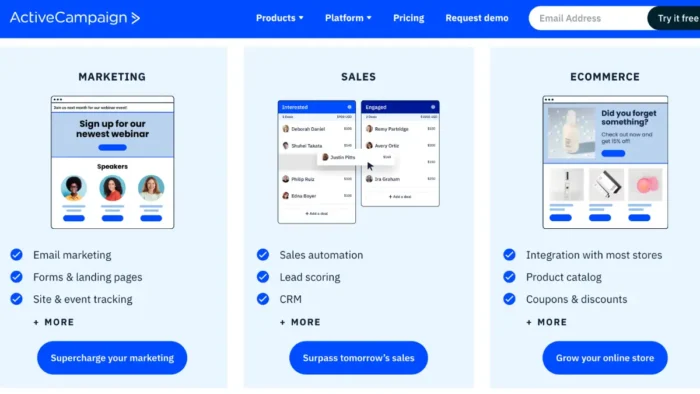The UK has been a leading proponent of online shopping for several years, and it shows no sign of slowing down anytime soon. If you’re one of the 5.9 million small businesses, you’re in luck. Almost 45% of Brits are ‘very likely’ to shop from small businesses. If you’ve noticed more of your sales are occurring online instead of off, or you only have an eCommerce presence, then now might be the perfect time to look at switching your eCommerce store to accommodate for this uptick in online sales.
Why replatforming your eCommerce store may be necessary
Ecommerce platforms are great at providing a unification of core business processes. Helping you to increase visibility, make transactions easier and more secure, and encouraging business growth, eCommerce platforms like Magento are great for online businesses. But what happens when the hits stop coming?
Because of the demands of consumers, increasing pressure is being put on digital platforms to deliver expectations, and if their expectations aren’t met, they could end up going elsewhere.
Signs replatforming your store is necessary
If you’ve noticed your sales are flatlining, it could be a sign you’ve outgrown your current eCommerce platform and perhaps now is the right time to look elsewhere. Here are some signs you should be looking out for:
- It’s not helping you hit your KPIs: Every business needs a plan and your eCommerce platform should help you achieve this. However, if your current platform is limiting your evolution or stopping you from hitting your KPIs, it’s time to change. This could be because transactions are taking too long or you’re unable to expand your current offerings. Whatever it may be, if it’s stopping you achieving your goals – it’s time to move on!
- UX is being affected: If you’re unable to modify your user experience and are stuck with a basic template that no longer aligns with your needs, look for a platform that will allow for more developed UX elements.
- Limited payment options: A few years ago PayPal was the most used online payment method. But it’s important that your site is able to take payment from a number of merchants. We know that Apple pay is increasing in popularity but accepting major credit and debit cards is a must for those customers who aren’t keen on the rigmarole of setting up additional payment accounts.
What to look for in a new eCommerce platform
When looking for a new eCommerce platform, there are a few things you should consider to make sure you migrate to the right platform:
- Simple setup: Migrating to a new platform should be simple and straightforward. Take a look at the different templates each platform offers and find one that aligns with your brand now as well as how you envision it in the future.
- UX is easy and secure: Ultimately, your customers should be able to navigate the site with ease and also feel confident that their payment details will be secure. Online shoppers today want a seamless experience that’s quick and easy.
- Mobile friendly: Online shoppers are spending more on mobile than desktop, so ensuring your eCommerce platform is mobile friendly is essential.
The migration process
Once you’ve found the platform you’ve been searching for, it’s time for the migration process. You’ll have to consider the type of migration – lift and shift or a completely new build. Choosing experts to help you in the process will also help make it go a lot smoother.
Planning your migration data shouldn’t be forgotten either. Data migration is the trickiest step so should be planned well in advance.





